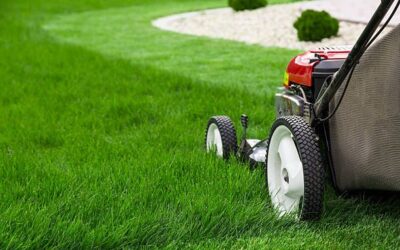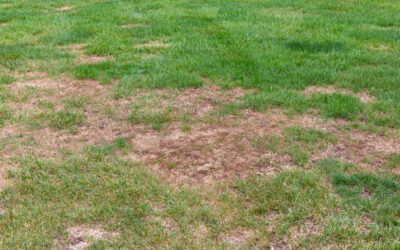Starting a vegetable garden can be a rewarding and enriching experience, providing not
only a source of fresh vegetables but also a sense of achievement and a new way to
connect with the environment. If you’re a beginner, the process might seem daunting,
but with a few tips and a bit of preparation, you’ll be able to grow a flourishing garden in
no time. Here’s a beginner’s guide to vegetable gardening.
- Choose the Right Location
The first step in creating a vegetable garden is to choose a suitable location. Most
vegetables need about 6-8 hours of direct sunlight per day. Look for a spot that receives
ample sunlight and has good air circulation to prevent diseases. Avoid areas that are
too windy or have poor drainage. - Start Small
For beginners, it’s wise to start small. A plot of about 10×10 feet is a manageable size
for a first garden. This will allow you to learn how to manage your garden without
feeling overwhelmed. You can always expand your garden as you gain more experience
and confidence. - Plan Your Garden Layout
Planning is crucial in gardening. Decide which vegetables you’d like to grow based on
your dietary preferences and the climate of your area. Some easy vegetables for
beginners include tomatoes, peppers, cucumbers, carrots, and radishes. Consider
starting with seedlings rather than seeds to make the process easier and to see results
faster. - Prepare the Soil
Soil preparation is perhaps the most important aspect of gardening. The soil needs to
be fertile and rich in nutrients for the vegetables to thrive. Start by clearing the area of any weeds or grass and then turn the soil to a depth of about 12 to 15 inches to aerate it. Mix in ample organic matter like compost or aged manure; this will improve the fertility and texture of the soil. - Choose the Right Seeds or Seedlings
Select high-quality seeds or seedlings from a reputable supplier to increase your
chances of gardening success. If starting from seeds, you may want to start them
indoors under controlled conditions to ensure they are strong enough to move outdoors. - Plant with Proper Spacing
When planting, pay close attention to the spacing guidelines provided on the seed
packets or by the nursery. Proper spacing is crucial to prevent overcrowding, which can
lead to moisture-related diseases and poor growth due to competition for sunlight and
nutrients. - Water Wisely
Vegetables need water to thrive, but it’s important to water them correctly. Over-
watering can lead to root diseases and under-watering can stress the plants. The
general rule is to water deeply but infrequently, encouraging deeper root growth. Early
morning is the best time to water, reducing evaporation and allowing the leaves to dry
out quickly, which helps prevent disease. - Mulch Your Garden
Mulching is essential to retain moisture, suppress weeds, and regulate soil temperature.
Organic mulches like straw, grass clippings, or bark chips are great options. They not
only perform all the necessary functions of mulch but also add organic matter to the
soil as they decompose. - Monitor for Pests and Diseases
Regularly inspect your plants for signs of pests or diseases. Early detection is key to
managing these problems effectively. If you do find pests or diseases, identify them
correctly and choose an appropriate method of control that does not harm the
environment or the beneficial organisms in your garden. - Enjoy Your Harvest
Finally, the most rewarding part of vegetable gardening is harvesting. Pick your
vegetables when they’re ripe, which enhances their flavor and nutritional value. Regular
harvesting also often stimulates further production.
Vegetable gardening is a delightful and productive hobby that anyone can enjoy. With
these tips, beginners can start their gardening journey confidently and reap the benefits
of fresh, home-grown produce. If you find yourself needing help with the initial setup,
particularly with landscaping and preparing your garden plot, Jack’s Lawn Care &
Landscaping in Charlottesville can assist you. With our expertise in lawn care and
landscape design, we can help transform your chosen spot into a fertile, ready-to-plant
space. Let Jack’s Lawn Care & Landscaping help you cultivate not just a garden, but a
new passion for the joys of gardening.



